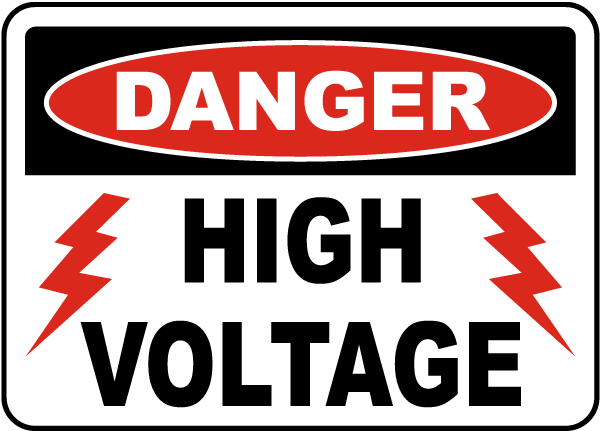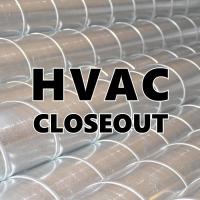Safety is always the utmost concern. Be mindful that you will be exposed to high voltage and high amperage while troubleshooting compressor circuits.

There are several reasons why a compressor fails to operate:
- Contactor not pulling in - Contactor failure
- Open winding(s) - Open internal overload
- Shorted winding(s)
- Locked rotor
Contactor Not Pulling In - Contactor Failure:
Check for 24VAC across Y and C at the contactor coil. If 24vac is not present there is an open or short circuit in the 24vac or 120vac wiring. Further investigation is required. If 24vac is present at Y and C and the contactor will not pull in, replacement of the contactor is necessary.
Open Windings - Open Internal Overload
Verifying the integrity of the windings is a simple task, and requires a DMM (Digital Multi Meter). Remove the Air Conditioner disconnect to break the line voltage to the condensing unit. Verify, with your DMM (Digital Multi Meter) that the voltage is disconnected. Take a photo of the compressor wiring for future reference. Remove 3 wires (Common - Start - Run) and set the DMM to the lowest Ohm Value (Ω). Record the resistance values for the following:
- Common (C) - Start (S)
- Common (C) - Run (R)
- Start (S) - Run (R)
On an operational compressor you may see readings as follows:
- Common (C) - Start (S) - 3Ω
- Common (C) - Run (R) - 1Ω
- Start (S) - Run (R) - 4Ω
Common to Start (C-S) will always have a higher resistance value than Common to Run (C-R) as the start windings are heavier to deal with in rush current required to start the compressor. Start to Run (S-R) will always be the added value of Common to Start (C-S) and Common to Run (C-R).
If any ONE of these windings are open (OL) the compressor needs to be replaced. If you find C-S and C-R are both open, the compressor is off on internal overload. The overload is an internal safety device and is in series with Common. This condition generally happens when the compressor is exposed to excessive heat/amp draw. Once the compressor cools down, the overload should close. If the overload does not close, the compressor needs to be replaced. If this is the case, the technician still needs to determine why the compressor overload was open. Some common reasons are failed outdoor fan motor, plugged condenser, under charged unit, loced rotor, etc.
Shorted Windings
This condition happens when the compressor motor insulation has failed and the windings physically are in contact with the shell of the compressor or another winding. Generally the circuit breaker, to the condensing unit, will be tripped and cannot be reset. In order to verify, you will need to scratch the paint off the side of the compressor to bare metal. Set your DMM to the highest ohm (Ω) value. Place one meter lead on the bare metal and the other across C, S and then R. If there is a short, there will likely be little resistance to ground, typically 1-2 Ω's. If the compressor is shorted to ground, it will need to be replaced.
Conclusion
All of the above conditions require investigation. The technician needs to determine why the failures took place in the first place. Simply replacing the compressor would be a disservice to the customer.

























